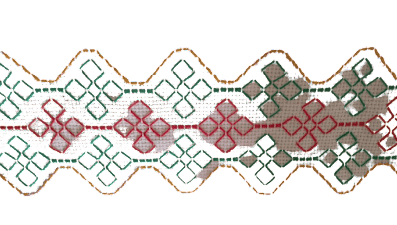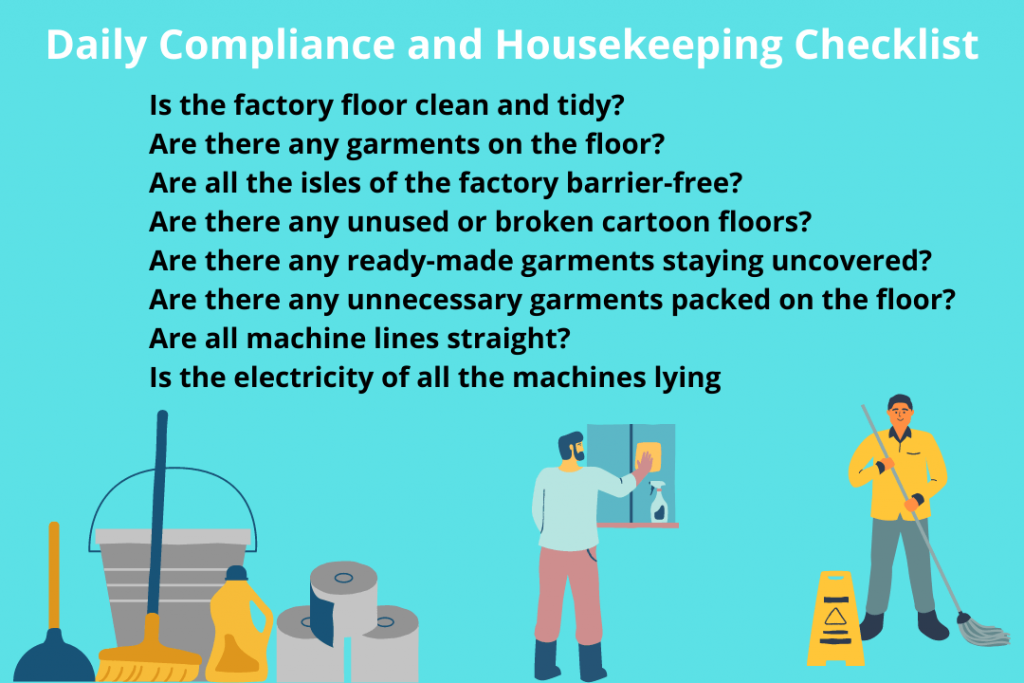Domestic sewing machines are used for household/domestic sewing activities. These machines are built for smaller use cycles and thus mostly made of less sturdy materials such as plastic or lighter metal. These are slower, smaller, and less heavy than their industrial counterpart, thus adding to easy handling and making them ideal for domestic use. But modern domestic machines also excel in working with different types of domestic material and are much more diverse in functionality. This article presents Different Types of Domestic Sewing Machines you must know for sewing work.
In recent years, technological advancements have further enhanced domestic sewing machines. Integration with computer software and connectivity options has led to the development of smart sewing machines. Some Types of Domestic Sewing Machines can be controlled through apps, allowing users to access a vast library of designs, customize patterns, and monitor progress remotely. The incorporation of sensors and automatic features has also improved accuracy and efficiency. Machines now detect fabric thickness, adjust tension, and offer precise stitching without constant manual intervention, making sewing more seamless and enjoyable.
Different Types of Domestic Sewing Machines
1. Manual sewing machine
A manual sewing machine is a type of sewing machine that operates without electricity. It is powered by a hand crank or foot pedal, requiring the user to move the needle and fabric to create stitches manually. These machines are often more straightforward in design compared to modern electric sewing machines and can be used for basic stitching and sewing tasks. They can be a good option for beginners or as a backup in case of power outages.
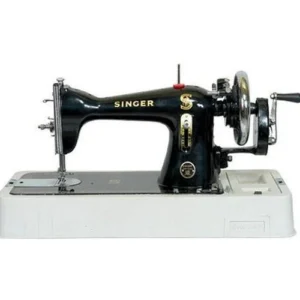
2. Treadle Sewing machines
A Treadle sewing machine is a manual sewing machine operated using a foot pedal mechanism known as a treadle. This mechanism involves a foot pedal connected to a system of belts and wheels, which in turn drives the needle and creates the sewing motion. By pressing the treadle with their foot in a rhythmic manner, the user can control the stitching speed. Treadle sewing machines were popular before electric sewing machines became widespread and are still used by some enthusiasts and collectors today for their vintage appeal and functionality.
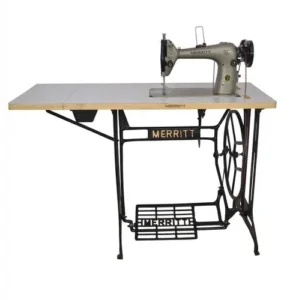
3. Mechanical Sewing Machines
These are traditional machines operated by hand or foot pedals. They’re often more straightforward in design, making them user-friendly for beginners. They offer basic stitching options like straight and zigzag stitches and are relatively affordable compared to more advanced models.
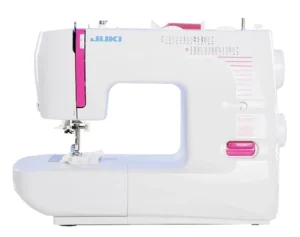
4. Electronic Sewing Machines
These machines feature built-in electronic components that enhance functionality. They offer a wider range of stitch options and often include automatic settings for different fabric types. Electronic machines are user-friendly and provide more precision and control over stitching.
Types of Computerized Domestic Sewing Machines
These machines are the pinnacle of sewing technology. They come equipped with computerized interfaces, offering a plethora of pre-programmed stitches, embroidery designs, and customizable settings. Users can easily select stitch patterns and make intricate designs with precision and accuracy. Computerized machines suit experienced sewists or those delving into complex sewing projects.
5. Embroidery Machines
Specifically designed for creating intricate embroidery designs, these machines allow users to embellish fabrics with detailed patterns and artwork. They often come with digitized designs that can be loaded onto the machine for easy embroidery.
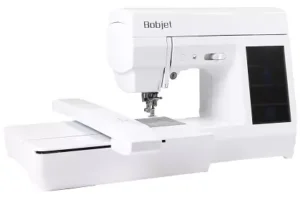
6. Serger or Overlock Machines:
Serger machines are dedicated to finishing edges and sewing seams. They trim the fabric edges, encase them with thread, and create a professional, neat finish. They are essential for creating garments with stretchy fabrics and for preventing fraying.
7. Quilting Machines:
Quilting machines are equipped with features tailored for quilting enthusiasts. They offer wider tables for maneuvering large fabric pieces, specialized quilting stitches, and walking feet to ensure even stitching across multiple layers.
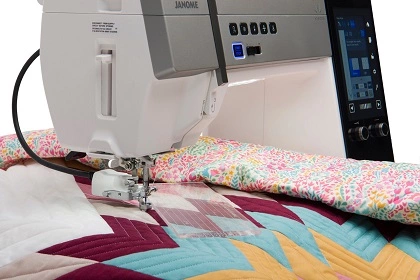
Each type of domestic sewing machine caters to different needs and skill levels. Factors like the intended use, the complexity of projects, budget, and personal preference play a crucial role in choosing the right sewing machine. Before making a purchase, it’s advisable to consider:
- The types of projects you’ll be working on regularly.
- The range of stitches and features required.
- The ease of use and learning curve for the machine.
- The long-term investment potential, considering future projects and skill advancement.
Conclusion
Different Types of Domestic Sewing Machines are slightly different from each other. They are still handy for the sewing process at home. Women love sewing patterns and clothes at home in their styles. Domestic sewing machines are options for them to buy from the market and work at home.

